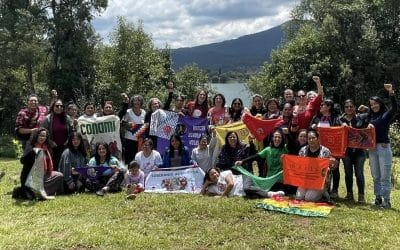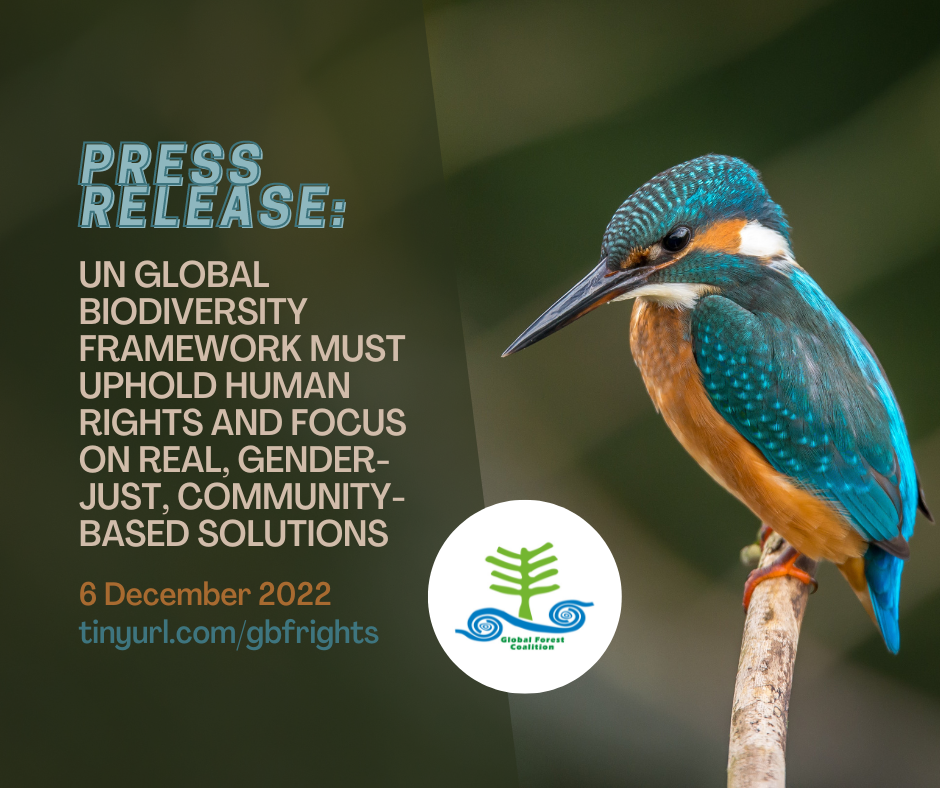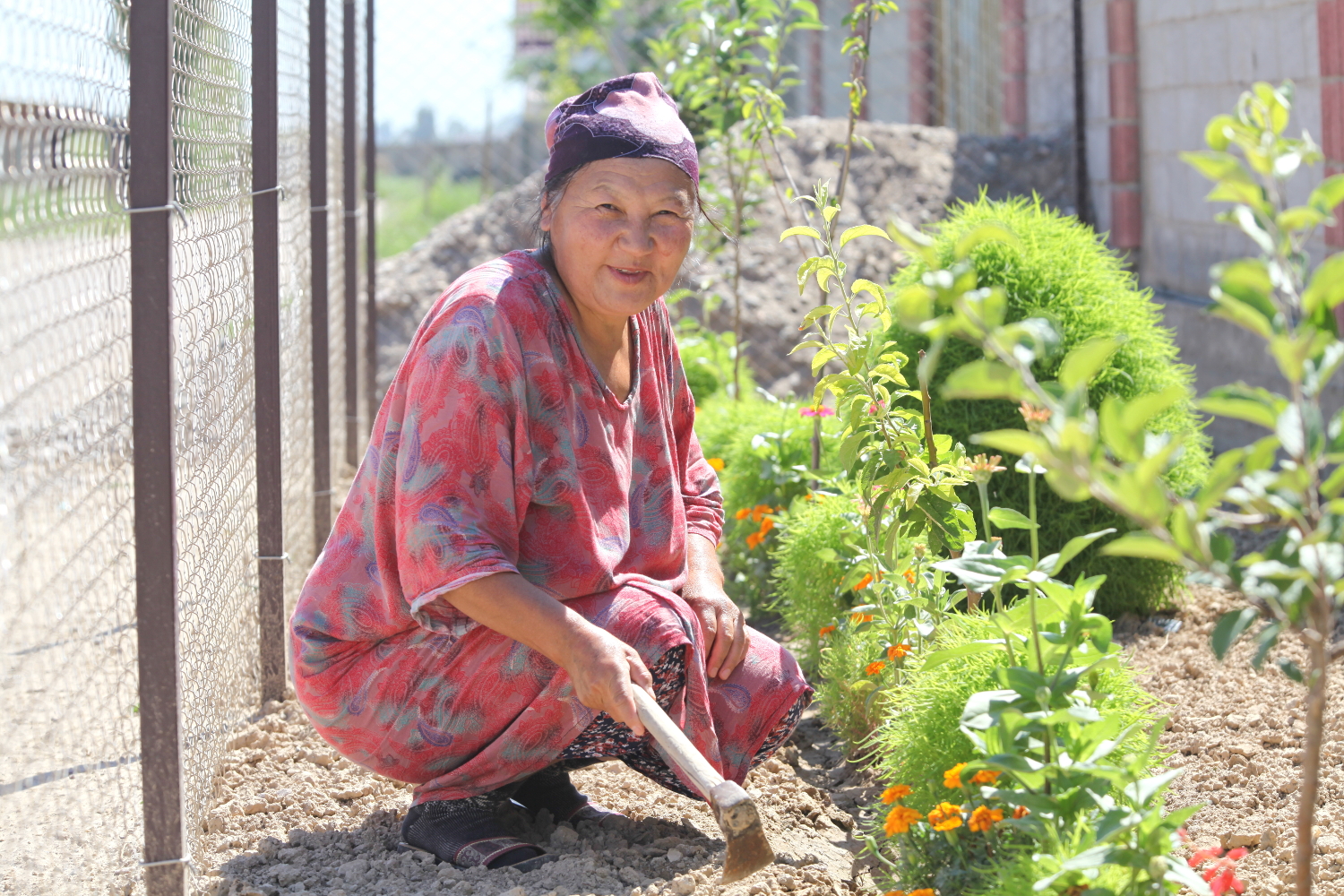By Simone Lovera*
For those who are currently following the highly polarized and unproductive climate negotiations it might seem unbelievable, but there are still UN processes that succeed to agree on a reasonable amount of decisions during little more than 3 full negotiation days. The 19th meeting of the Subsidiary Body on Scientific, Technical and Technological Advice of the Convention on Biodiversity (CBD-SBSTTA), which took place from 4 to 7 November in Montreal, even ended a little early, having adopted 8 substantive decisions based on at least 200 pages of background documents.
Regretfully, this significant background documentation was hardly addressed by the SBSTTA deliberations themselves. As noted by the Latin American countries in their statement to the closing plenary, the significantly reduced meeting time seems to have impacted on the depth of the SBSTTA discussions. This confirms fears by NGOs and many Governments that the recent establishment of the Intergovernmental Panel on Biodiversity and Ecosystem Services (IPBES) will undermine the CBD process as the limited funding that was available for international biodiversity work now has to be divided over two official bodies working on the science-policy interface. And while the CBD has equal participation of countries from all regions and quite significant direct participation of representatives of indigenous peoples and local communities, IPBES continues to be dominated by mainly Northern research institutions, including institutions whose agenda is influenced by their corporate donors.
One of the practical results has been that the CBD has to squeeze crucial meetings of its scientific advisory body and its formal working group on traditional knowledge, innovations and practices of indigenous peoples and local communities into one busy negotiation week. And thus negotiators are not very motivated to dive into lengthy, in-depth discussions on potentially controversial themes, despite a few heroic statements on, for example, the failure of the Intergovernmental Panel on Climate Change to take into account the impacts of risky technologies like Bioenergy and Carbon Capture and Storage (BECCS) and other forms of geoengineering on biodiversity.
This lack of controversy might sound unproblematic, but especially a theme like mainstreaming biodiversity into forestry, agriculture and fisheries makes little sense if it discussed within a room full of already convinced biodiversity policy-makers. To have any impact, the CBD will need to attract forestry, agriculture and fisheries policy makers to its meetings. But it is unlikely these people will come unless there are issues on the CBD agenda that are actually of concern to them. For example, a sweet and friendly report on the contributions of other Collaborative Partnership on Forests members to the forest-related Aichi targets will not spark a lot of interest amongst mainstream foresters, especially if the report uncritically excepts any kind of tree planting or cutting as a contribution to the CBD. Only if potentially more controversial themes like the potential impact of “afforestation” with alien invasive species on biodiversity, the related need for improved definitions of ‘forests’ and ‘afforestation’, or the phasing out of biodiversity-harmful subsidies in the agricultural and livestock sectors are being put on the agenda, there is a chance the real policy-makers in these other sectors will be worried enough about the CBD negotiations to actually show up at the upcoming meetings.
Meanwhile, as recognized by the recent Dialogue Workshop on the Assessment of Collective Action in Biodiversity Conservation, there is not only a need to mainstream biodiversity into other sectors, but also a need to mainstream collective biodiversity action into biodiversity policy. Because similar to IPBES, the CBD process is still too dominated by large conservation institutions rather than the men and women that are actually responsible for conserving and restoring biodiversity on the ground. The Parties to the CBD have formally accepted that the collective actions of indigenous peoples and local communities form a crucial contribution to biodiversity conservation and restoration. But this recognition, and related decisions like the action plan on customary sustainable use, are still to be mainstreamed, including in the form of a full participation of indigenous peoples and local communities in all biodiversity related policy-making processes, expert groups and task forces.
Sure, working with representatives of indigenous peoples and local communities is not such a smooth process as working with professional conservationists. As the community conservation resilience initiative revealed, one needs to be realistic, and take into account the specific rights, role, needs, aspirations, governance structures and communication capacities of community people, including in for example consultation processes and awareness raising strategies. That is why so-called multi-stakeholder processes have often delivered disappointing results, as the views of the representatives of rightsholder movements like peasants, fisherfolk, pastoralists, indigenous peoples, workers, women and youth were easily overshadowed by economically and politically more powerful stakeholders like large corporations and conservation organizations. But make no mistake, in practice it is these rightsholders on the ground that determine whether biodiversity will be conserved or not.
So if we really want to implement biodiversity policy on the ground, it is high time we mainstream community conservation into biodiversity policy and overall sustainable development.
*Simone Lovera is Executive Director of Global Forest Coalition




